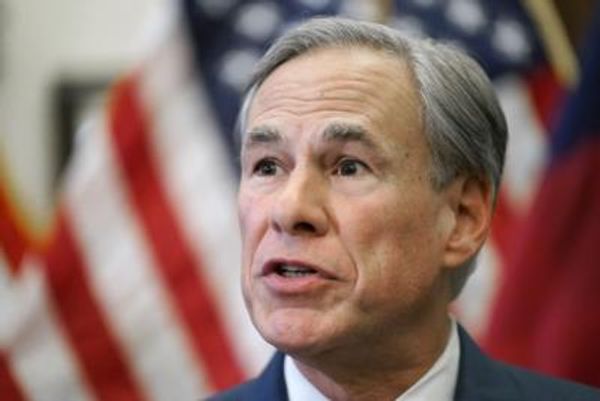Many Australians are anticipating a Sunday sleep-in this weekend, with clocks to be wound back by one hour.
In the early hours of Sunday, April 3, daylight savings ends across New South Wales, Victoria, South Australia, Tasmania and the ACT.
The remaining states and territories — Western Australia, Queensland and the Northern Territory — do not observe daylight saving time.
Are we gaining or losing an hour?
On Sunday, at 3am, the time reverts one hour to 2am to Australian Eastern Standard Time.
This means sunrise and sunset will be one hour earlier than the day before, resulting in more light in the mornings.
The change is also known as fall back or winter time.
Will Australia get rid of daylight saving time?
It's the nation's annual debate.
The main reason for this is for those who work nine-to-five, the extra hour of daylight in summer is seen as a benefit.
However, for people in industries such as agriculture — or for those who start before sunrise — it can be counterproductive to work in the dark.
The further south from the equator you are, the bigger impact daylight saving can have on your daily life.
For those living in Tasmania, an extra hour of daylight in the evening can make a huge difference.
However, in Far North Queensland or the Northern Territory, cooler evenings are important to make it through the summer.
Scientific research over the past decade has also shown the annual switch has a negative impact on our health.
Oliver Rawashdeh — a lecturer in biomedical sciences at the University of Queensland — said that changing the clock causes a temporary state of misalignment in our internal biological time that can upset the body's rhythm.
He says this can increase the risk of heart attacks, depression and even miscarriage.
In the United States, the Senate passed legislation last month to make daylight saving permanent from 2023.
Known as the Sunshine Protection Act, it would end the twice-annual clock change permanently in the bid to give Americans more sunlight.
What is the purpose of daylight saving?
If you've ever wondered who started daylight saving and why? This is a commonly asked question.
Germany was the first to adopt daylight saving time during World War I, as a way to conserve fuel.
That same year, Tasmania became the first Australian state to turn back the clocks, and Queensland also implemented daylight saving in both World War I and II.
The idea was that, with more daylight at the back end of the day, people would use less electricity and get the most out of sunlight hours.
In 1971, NSW, Victoria, Queensland, South Australia and the ACT adopted daylight saving, while Western Australia and the Northern Territory opted out.
Queensland then abandoned daylight saving in 1972.
Despite a couple of failed attempts to make it stick — implementing it for just a year in 1989 and then conducting a referendum in 1992 that resulted in a 54 per cent no vote — daylight saving has never returned to the sunshine state.
When does daylight saving start in 2022?
For those looking forward to light-filled evenings with an after-work picnic, complete with plans for a beverage or two, you will have to wait until the first Sunday in October for the return of daylight saving.
Daylight saving time officially starts again for those states participating at 2am on October 2, 2022.
This is when the time in those states moves forward one hour, to 3am Australian Eastern Daylight Time.
This means more light in the evening, or a "spring forward" of clocks to welcome the warmer months.







